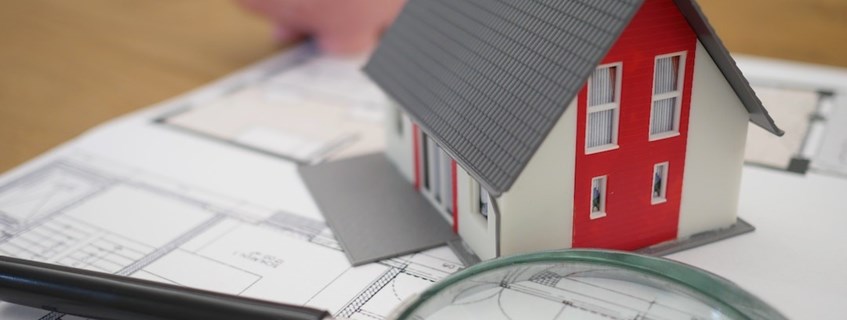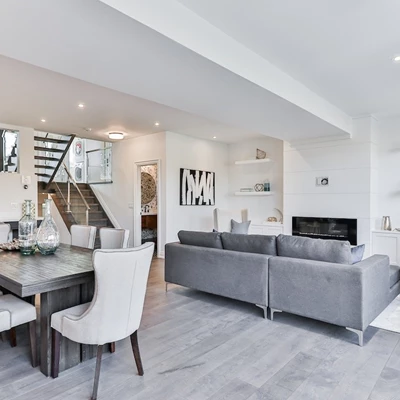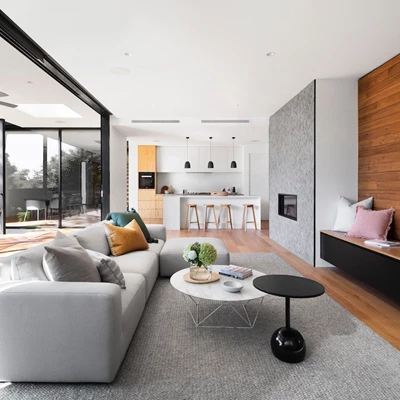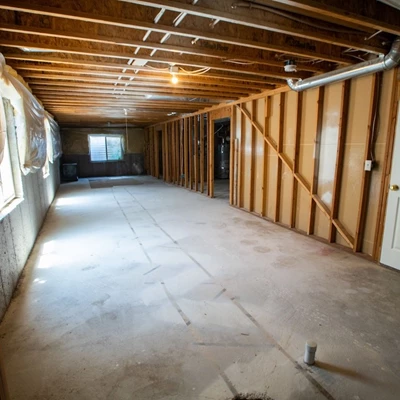

Private gross area, floor area and construction area: What are they?
In the real estate sector, among the concepts that appear most often you will find those associated with the areas of the property. In reality, these are always confusing because there are various types of areas such as gross area, floor area, gross private area, among others.
From now on, we propose to simplify each of these derivations, in addition to paying attention to the most resonant differences between them so that we can help you calculate your equity.
What is gross area? What about the gross construction area?
Gross area is probably one of the most complicated concepts in this regard. Even so, it is defined as the total space within the property, which covers all internal divisions, including garages, balconies, terraces, storage areas and others, along with the corresponding part in the common areas of the building, such as corridors and stairs.
It is important to understand that the gross area includes all the internal and external areas of the property and we should not confuse it with the gross construction area. The gross construction area is the sum of the areas of pavements built or that can be built, both above and below ground level. This includes not only the living spaces, but also elements such as the stairs and the compartments where elevators will be located. However, if an area below ground level is designated exclusively for parking, that area will not be counted when calculating gross building area.
What does the floor area include?

In the General Regulation of Urban Buildings, nº2 article 67, the useful area is defined as the "sum of the areas of all compartments of the dwelling, including vestibules, interior circulations, sanitary facilities, storage, other compartments of similar function and cabinets in the walls, and is measured by the inner perimeter of the walls that limit the fire, discounting traces up to 30 cm, interior walls, partitions and ducts".
In other words, the floor area is the area of the property minus the interior walls, partitions and ducts of the property, therefore, it is lower than the gross construction area. Let's see how we can calculate it.
What is the difference between floor area and gross private area?
We can pay attention to the Municipal Property Tax Code (CIMI) to better understand the concept of gross private area, which is so often confused with the concept of floor area.

Although both do not take into account open balconies, terraces, garages, the gross private area covers covered and closed areas for exclusive use, being measured by the "exterior perimeter and axes of the walls or other separating elements of the building or fraction, including private enclosed balconies, basements and private attics with the same use as the building or fraction".
How to calculate the usable area and other areas?
Calculating the usable area is quite simple and you only need to multiply the length by the width. Can:
- Use the floor plan of the house or apartment. Otherwise, you will have to measure the length and width of each room in the property.
- Multiply the length by the width of each room to get the area of each room;
- You will have to add up all the useful areas to get the total usable area of the property.
Normally, information about the different areas of the property, as well as the areas referring to garages, terraces or balconies should be presented on the property plan at the time of sale or lease.
What are dependent areas?
Dependent areas refer to everything that is not included in the gross private area, since it is intended for the purposes of support, storage, circulation and collective use within the building.

These are usually garages, parking lots, basements, attics, bicycle storage spaces, engine rooms, balconies that have heating, ventilation or cooling systems for the home, laundries or pantries, corridors, stairs and common areas such as party rooms, gardens, steakhouses and swimming pools.
Habitable area: do you know what it means?
Finally, we come to the habitable area, the space within a property intended for occupation. This area covers all rooms designed for daily activities, with the exception of areas such as garages, toilets, internal corridors, vestibules and similar spaces. Among the common areas of a property considered habitable, bedrooms, living rooms and dining areas stand out.

Living area can be seen as a subcategory of floor area , but it differs in that it excludes all rooms that are not designed for housing or daily use.
Now, every time you find a house for sale or available for rent you will know how to do the math for each area and understand their differences, which will help you make the smartest choice.
Gallery
- Retraite Dorée au Portugal - Real Estate Mediation, informs you about the Months for paying IMI and what fees apply to owners.
- Retraite Dorée Au Portugal informs customers of the established IPTU values for 2025!
- Another Sardine Festival in the riverside area Palsul Group informs residents and foreigners who are in the Algarve not to be missed!
- QUINTA AO LUAR - PALSUL GROUP INFORMS RESIDENTS AND TOURISTS
- Visa for Portugal: How to live in the country in 2024
- Do you want to change a store for residential use? You can do it, but know the rules and you can count on the help of GRUPO PALSUL!





